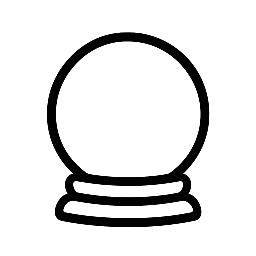Tarot card reading is an ancient and mystical practice that has been used for centuries to gain insight and understanding into one’s life and future. The tarot deck consists of 78 cards, each with its own unique symbolism, imagery, and meaning. In this article, we will delve into the world of tarot card reading, exploring the major and minor arcana, and providing tips and techniques for mastering this complex and fascinating art.
Understanding the Major Arcana
The major arcana is a set of 22 cards that represent major life themes, archetypes, and symbolic figures. These cards are considered to be the most influential and impactful in a tarot reading, and are often seen as representing major turning points, challenges, and opportunities in a person’s life. Each card in the major arcana has its own unique energy, symbolism, and story to tell, and understanding these cards is essential for any tarot reader.
- The Fool: Representing new beginnings, innocence, and risk-taking
- The Magician: Symbolizing skill, creativity, and manifestation
- The High Priestess: Embodying wisdom, intuition, and secrecy
- The Empress: Representing abundance, nurturing, and fertility
- The Emperor: Symbolizing structure, authority, and leadership
Exploring the Minor Arcana
The minor arcana is a set of 56 cards that are divided into four suits: wands, cups, swords, and pentacles. Each suit represents a different aspect of life, such as creativity, emotions, thoughts, and material wealth. The minor arcana cards are often seen as representing everyday situations, challenges, and opportunities, and are used to provide more detailed and nuanced information in a tarot reading.
- Cups: Symbolizing emotions, relationships, and intuition
- Swords: Representing thoughts, communication, and mental clarity
- Pentacles: Symbolizing material wealth, practicality, and manifestation
Mastering Tarot Card Reading Techniques
Once you have a basic understanding of the major and minor arcana, it’s time to practice and master tarot card reading techniques. Here are a few tips to get you started:
- Start by practicing with a simple three-card spread, using the past-present-future format
- Use your intuition and inner wisdom to connect with the cards and their symbolism
- Pay attention to the relationships between the cards, and how they interact with each other
- Keep a tarot journal to record your readings, and reflect on your progress and insights
Advanced Tarot Card Reading Techniques
For more experienced tarot readers, there are a range of advanced techniques to explore, including:
- Using reversals to add depth and nuance to your readings
- Working with tarot spreads, such as the Celtic Cross or the Tree of Life
- Incorporating other forms of divination, such as astrology or numerology, into your readings
- Using tarot cards to connect with your subconscious mind, and access hidden knowledge and wisdom
Conclusion
Tarot card reading is a complex and multifaceted art that requires dedication, practice, and patience to master. By understanding the major and minor arcana, and practicing a range of techniques and spreads, you can unlock the secrets of the tarot, and gain a deeper understanding of yourself and the world around you. Whether you’re a beginner or an experienced tarot reader, we hope this article has provided you with valuable insights and inspiration to continue your journey into the world of tarot.


Leave a Reply